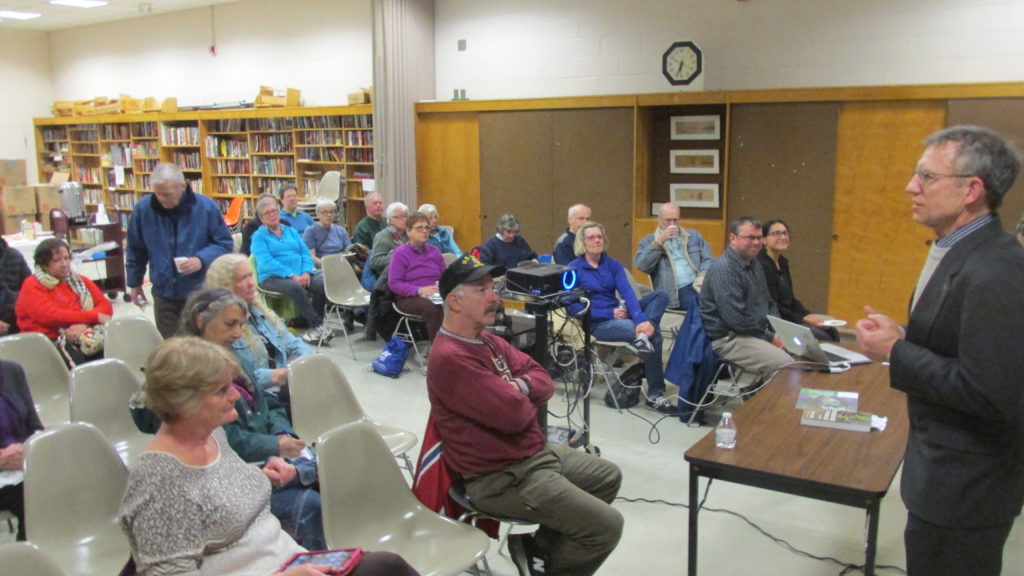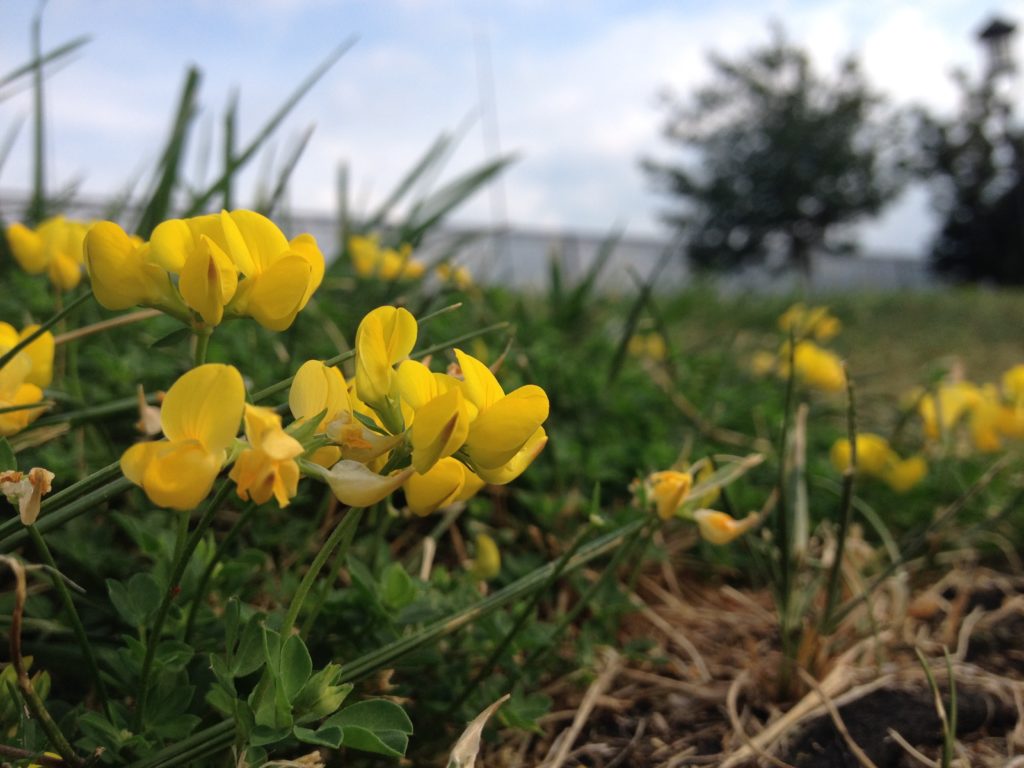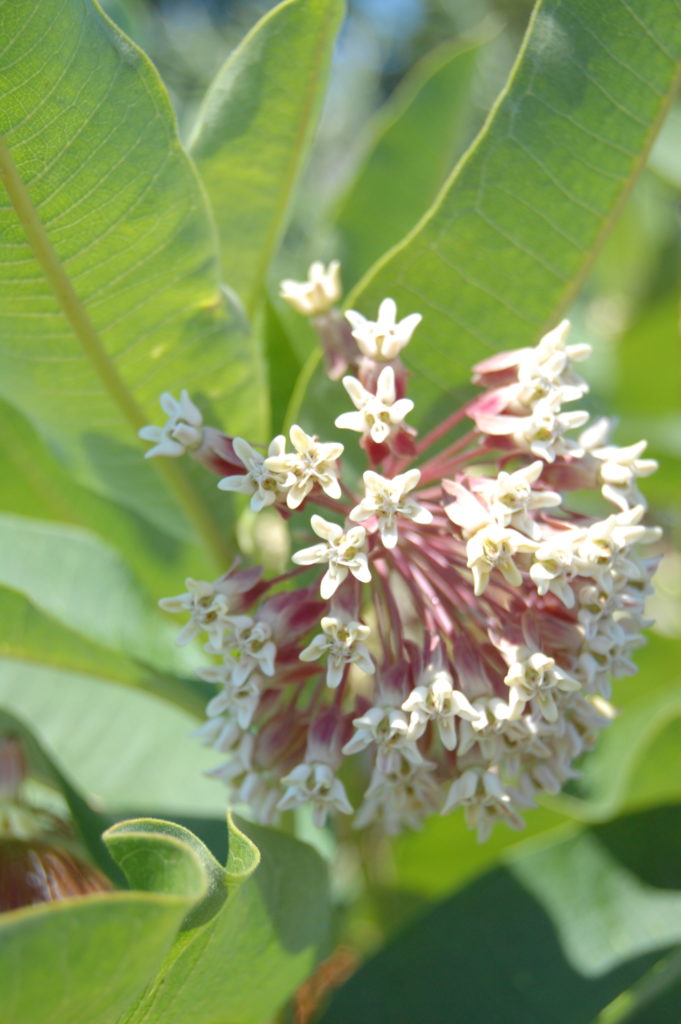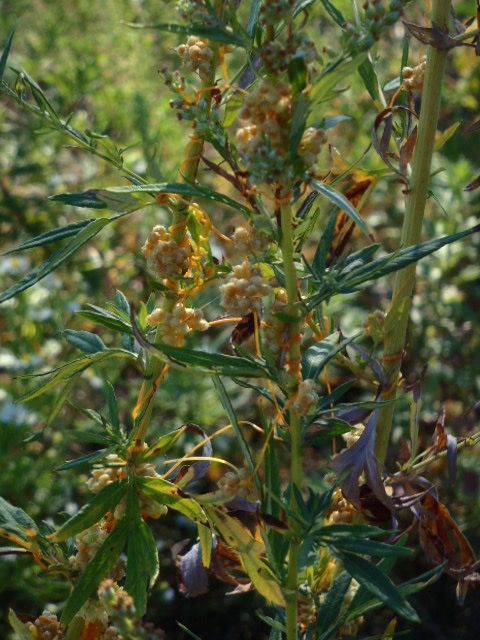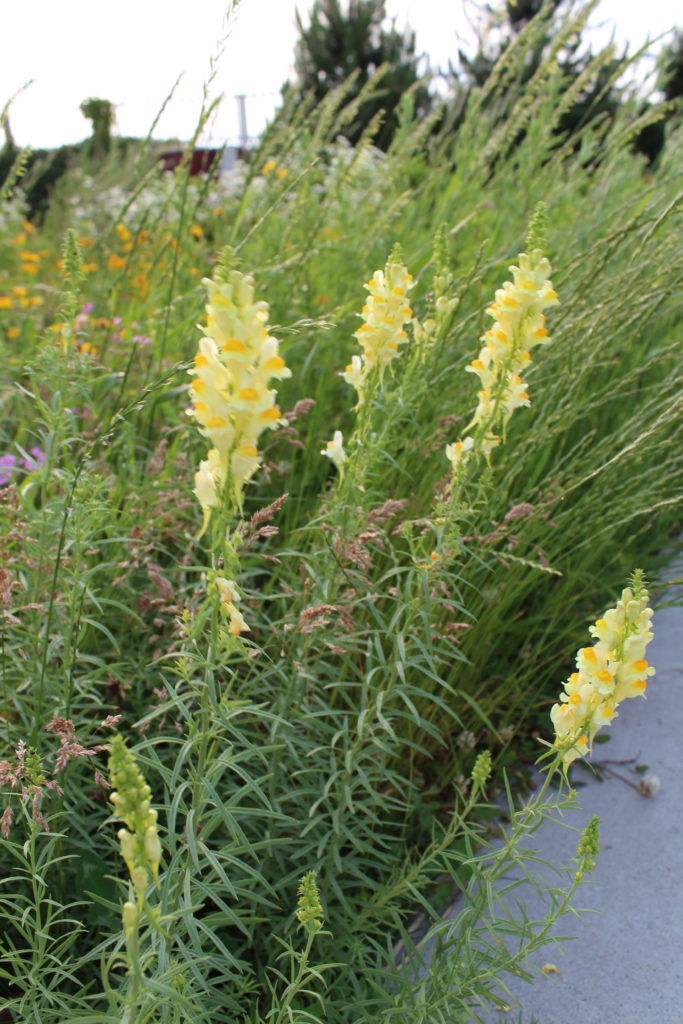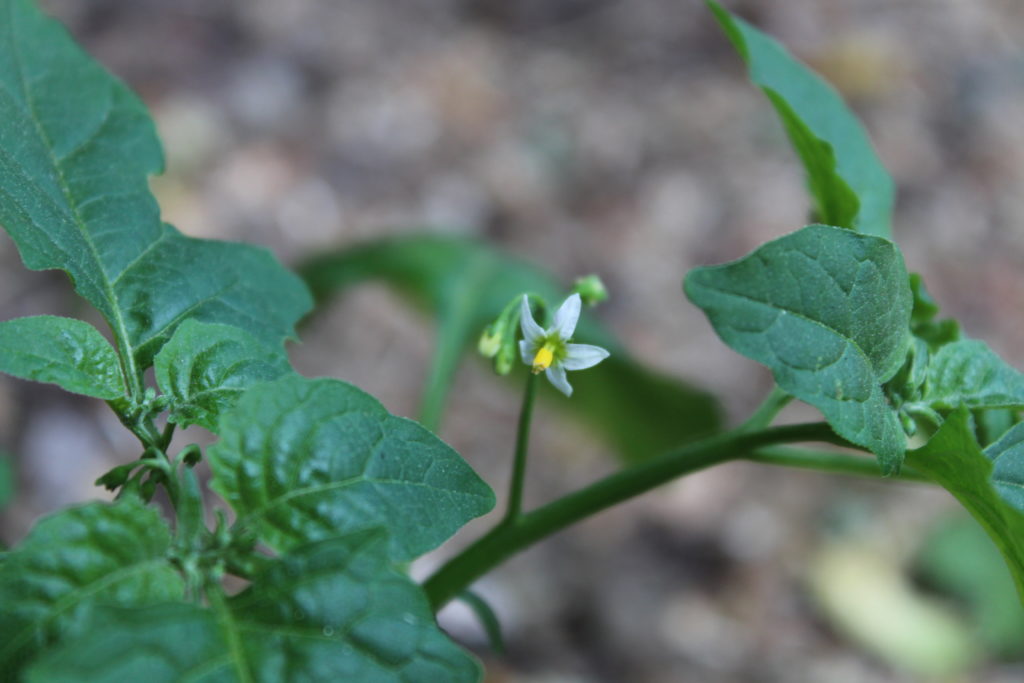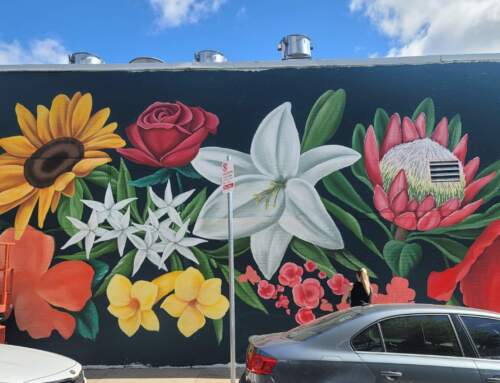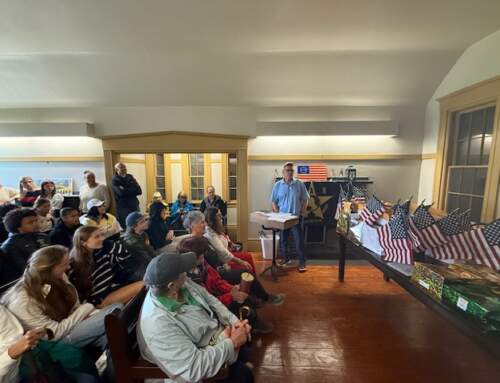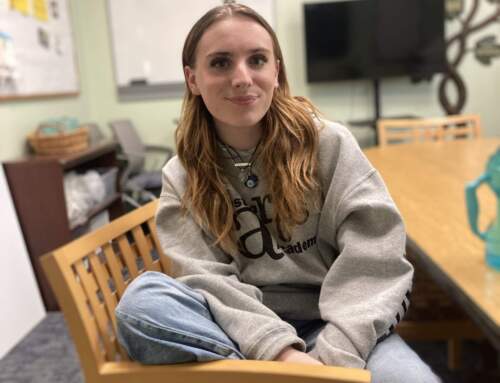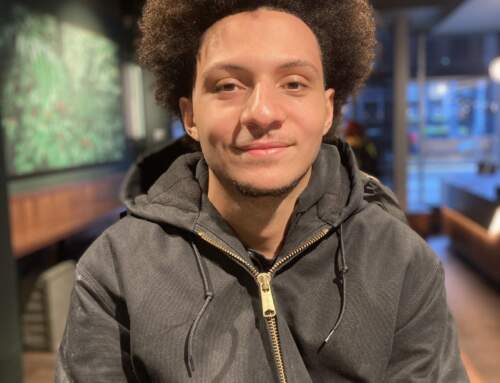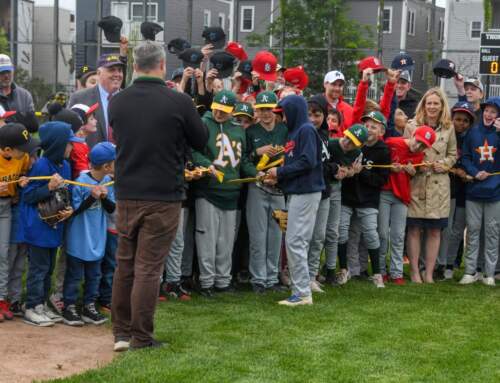The 36th annual Marjorie M. Gibbons Memorial Lecture was a great success. The 2016 Gibbons Lecture, the latest in this endowed series, was “A Beautiful Dismissal: The Unnoticed Nature of South Boston.” Local naturalist and botanist George LoCascio III gave the lecture; its subject – befitting its poetic title – was the wildflowers of South Boston.
In addition to the beauty contained in the above photographs, the numbers in connection with South Boston’s wildflowers are equally as striking. In his summer-long project in 2014 – a thorough survey of wildflowers located here – George found 75 total species, which were members of 45 different plant taxonomic families. Included in these findings were a shrub (glossy buckthorn) and three vines. Follow the scent of the Japanese honeysuckle vine. Look for solidago speciosa – showy (and sneeze-causing) goldenrod. Common milkweed lives here. It is a plant essential to our most colorful native butterfly – the vivid orange-and-black monarch. Perhaps we can bring the monarchs back here by planting milkweed intentionally. And check out the nickname tagged onto the common mullein for yourself – an ungraded research project.
One very interesting note in George’s talk was the presence of numerous non-native species. Fifty-six of the 75 species he identified came from elsewhere; just 19 of those he found were native to North America. Does that remind you of the various peoples of America? It should. Just think of the many favorite non-native foods we so frequently consume – pizza, chow mein and potatoes, to name only a few.
Many associate lectures on wildflowers with an outdoorsman, which is partly true. George was an Eagle Scout, has served as a forest firefighter (read up on the current conflagration in Alberta in Canada to see what that’s like), and earned a Field Botany Certificate from the New England Wildflower Society. But the outdoors isn’t all there is to George – he has been an Americorps volunteer and is now studying for a biology degree at UMass Amherst.
Despite its urban character, South Boston enjoys an increasingly diverse cross-section of wildlife. Perhaps George’s Gibbons Lecture will plant the seed – pardon that awful pun – for our own, homegrown fields of wildflowers.


